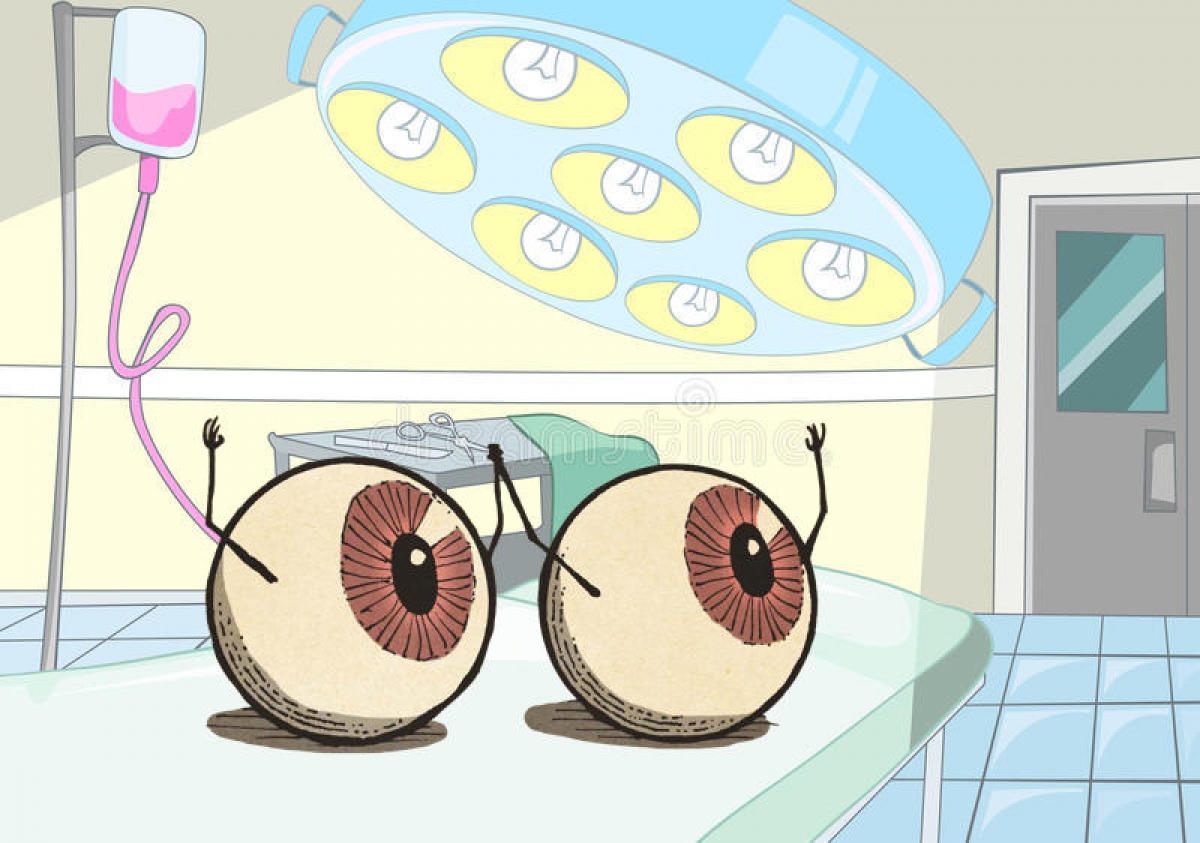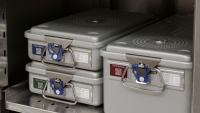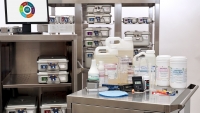To clean or only rinse that is the question
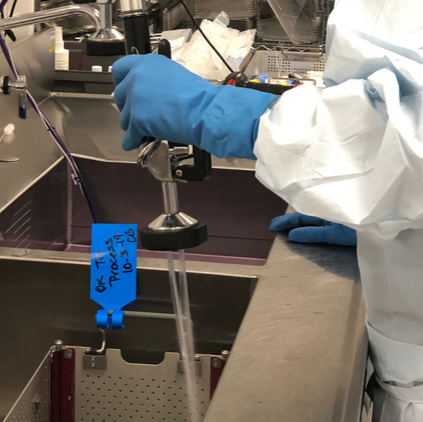
"Toxic anterior segment syndrome (TASS) is an acute, noninfectious inflammation of the eye, it is a complication of cataract extraction surgery."
One thing is clear there is no one cause of TASS. Did you know that there are so many possible causes of TASS that the CDC sums it up this way: “… most cases (of TASS) are attributed to 1) contaminants on surgical instruments, resulting from improper or insufficient cleaning; 2) products introduced into the eye during surgery, such as irrigating solutions or ophthalmic medications; or 3) other substances that enter the eye during or after surgery, such as topical ointments or talc from surgical gloves. So why are so many folks in charge of processing ophthalmic instruments reluctant to use enzymatic cleaners or any detergent at all?
TASS strongly linked to improper cleaning
The CDC cites the number one cause of TASS as dirty instruments from improper cleaning. Why then is there strong resistance to using enzymatic cleaners, arguably the most effective cleaners for removing difficult to remove eye, brain and nerve tissue? Enzymatic cleaners are even recommended by manufacturers of ophthalmic instruments in their IFU’s because of their effectiveness at removing biological soil, including sticky adhesive eye tissue. Simply reference, “An investigation of enzymatic detergents as a potential cause of toxic anterior segment syndrome”, a major study that finds “… results do not support residual enzymatic detergents on surgical instruments as a cause for TASS.” The FDA confirmed this conclusion. Surely, enzymatic cleaners have been unfairly singled out as the “smoking gun” from a long list of possible causes.

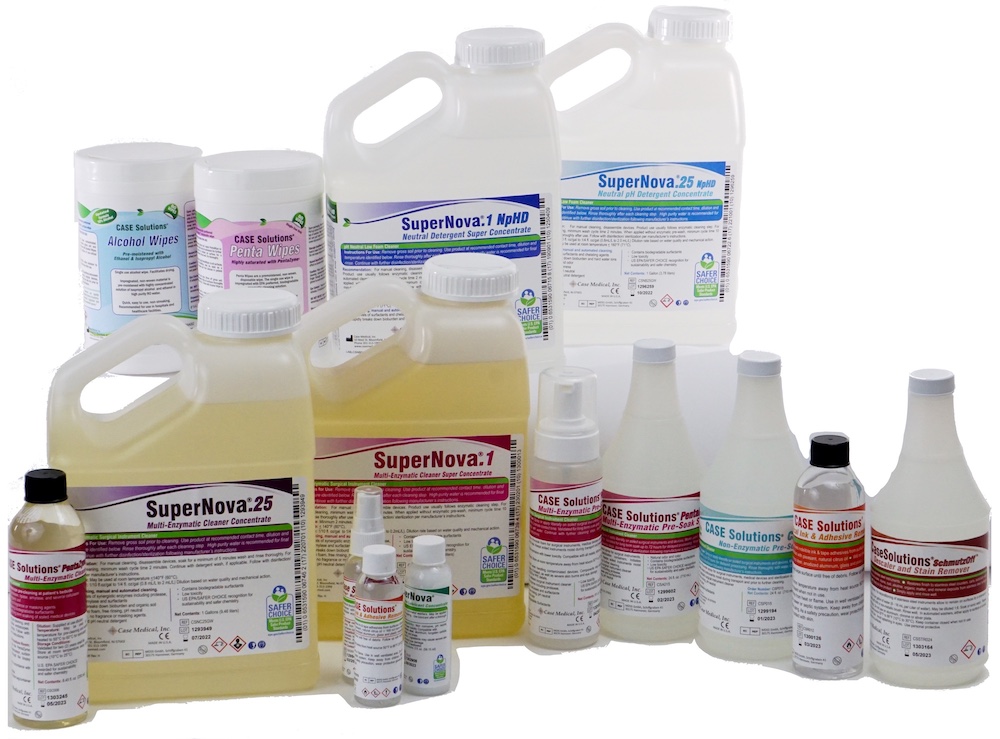
Just water for cleaning eye instruments?
A large part of the conundrum stems from the Ophthalmic Instrument Cleaning and Sterilization (OICS) Task Force which says, “It is our position that if intraocular instruments are thoroughly rinsed with critical water promptly after each use, the routine use of enzyme detergents is unnecessary and should not be required for routine decontamination of ophthalmic intraocular instruments.” Really… when ocular tissue can house infectious prions considered by CDC to be one of the most resistant, highly infectious, and concerning of all disease vectors.
At Case Medical, we look at the science. We review the chain of infection and test the most challenging infectious agents to ensure that they can be remove from stainless steel surfaces with our cleaning products. We work with independent test laboratories, including a five year project with USGS at their Class III prion laboratory, while conducting pilot studies here to ensure that what we claim on our label meets the intended needs of patients, staff, and the environment. We are proud to be a U.S. EPA Safer Choice Partner of the Year for the fourth time in 2021. Looking for safer alternatives means a commitment to best-practices, safer outcomes, science-based facts, and continuous improvement.
Case Medical's commitment
Education is a lifelong process. We continue to learn every day and share our knowledge and experiences with you.
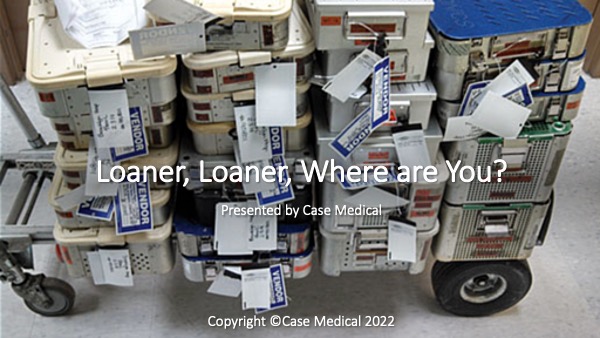
We are pleased to re-start our online educational offerings with CE credits from HSPA and CBSPD. On July 7, 2022, please join us as we host a webinar on managing loaner sets, “Loaner, Loaner, Where are You?" We will be offering two sessions for your convenience, one in the morning and a second session in the evening.
Click Here to Register
Visit us at www.casemed.com to learn more about our products and how they can help your facility lighten its impact on the environment for the good of us all.
Marcia Frieze and the Case Medical team


